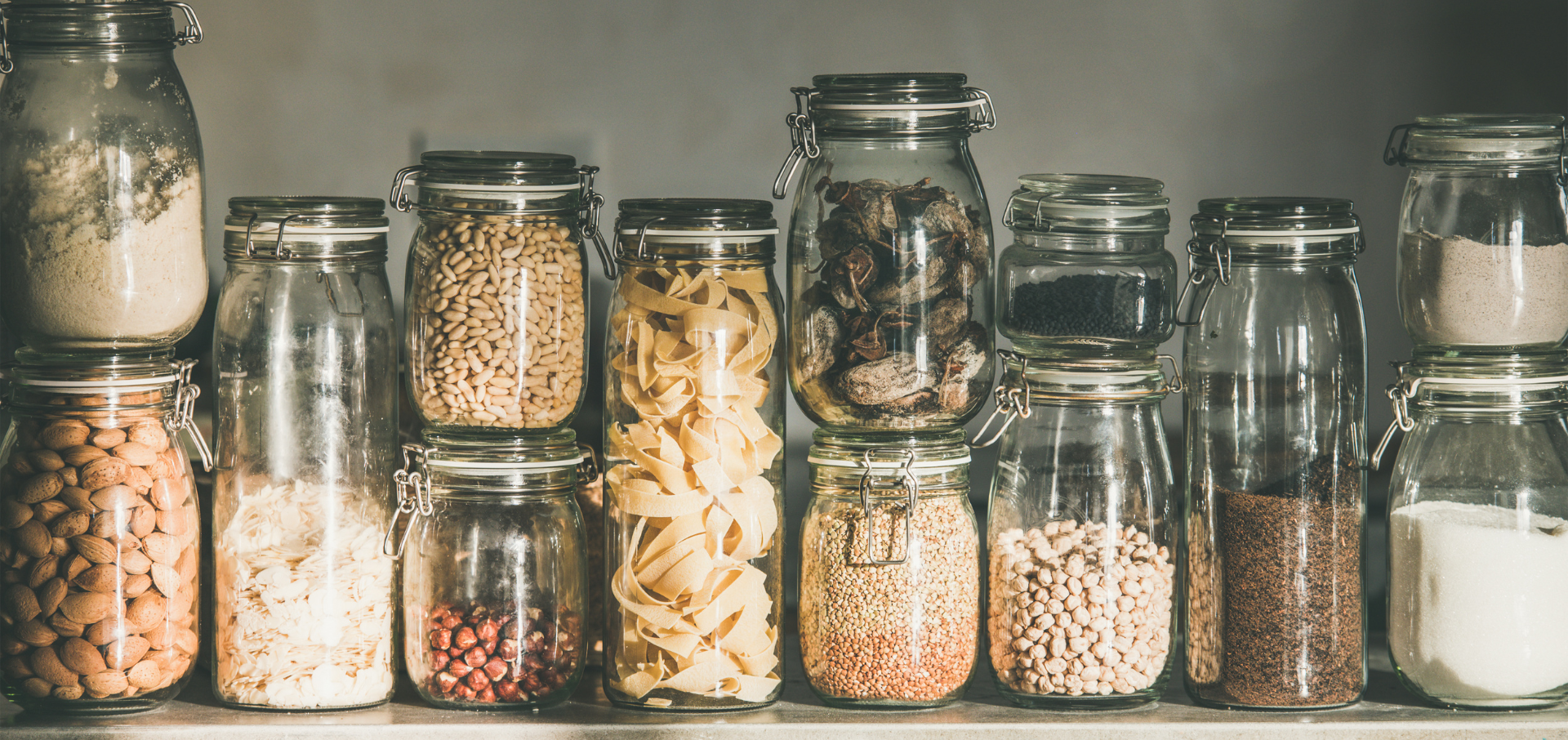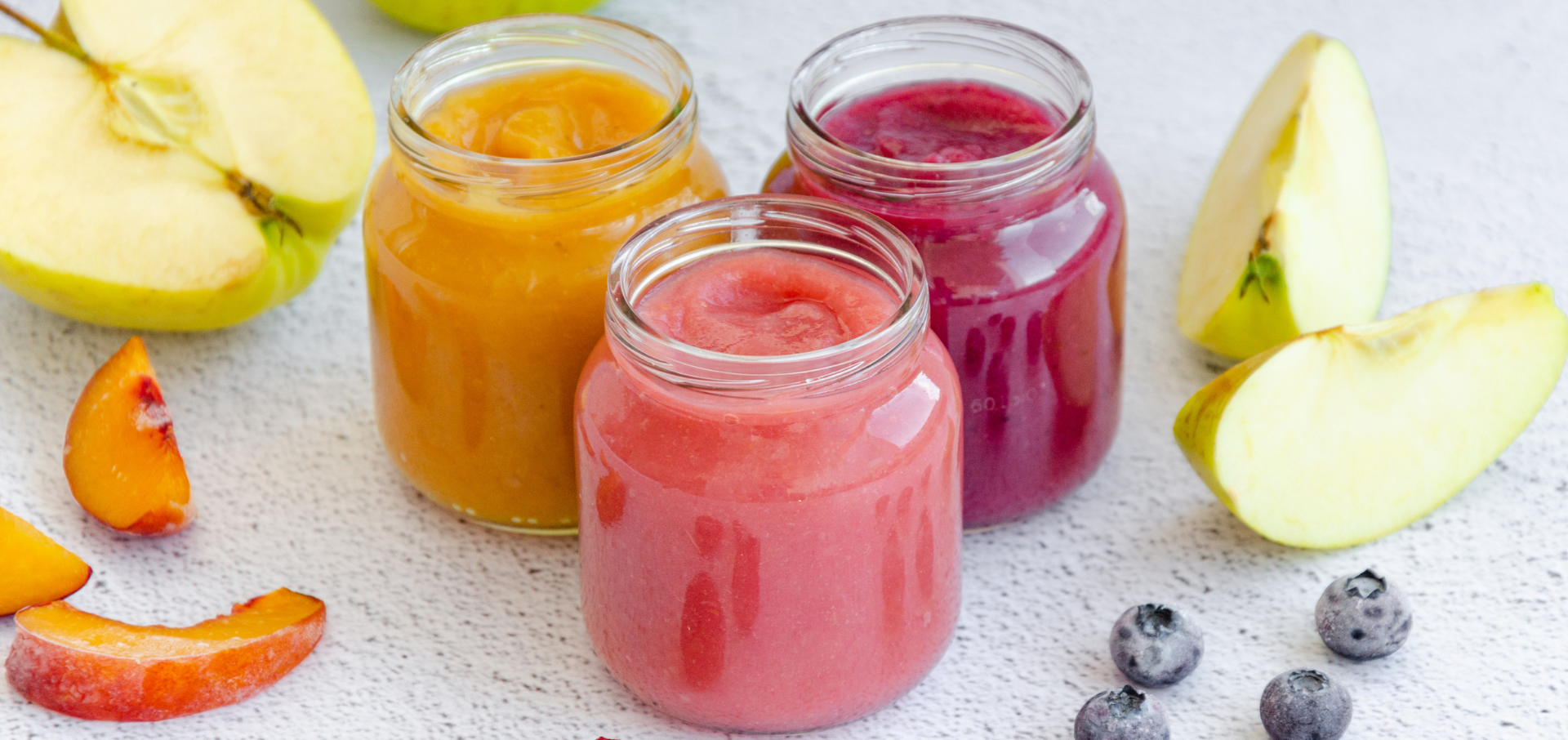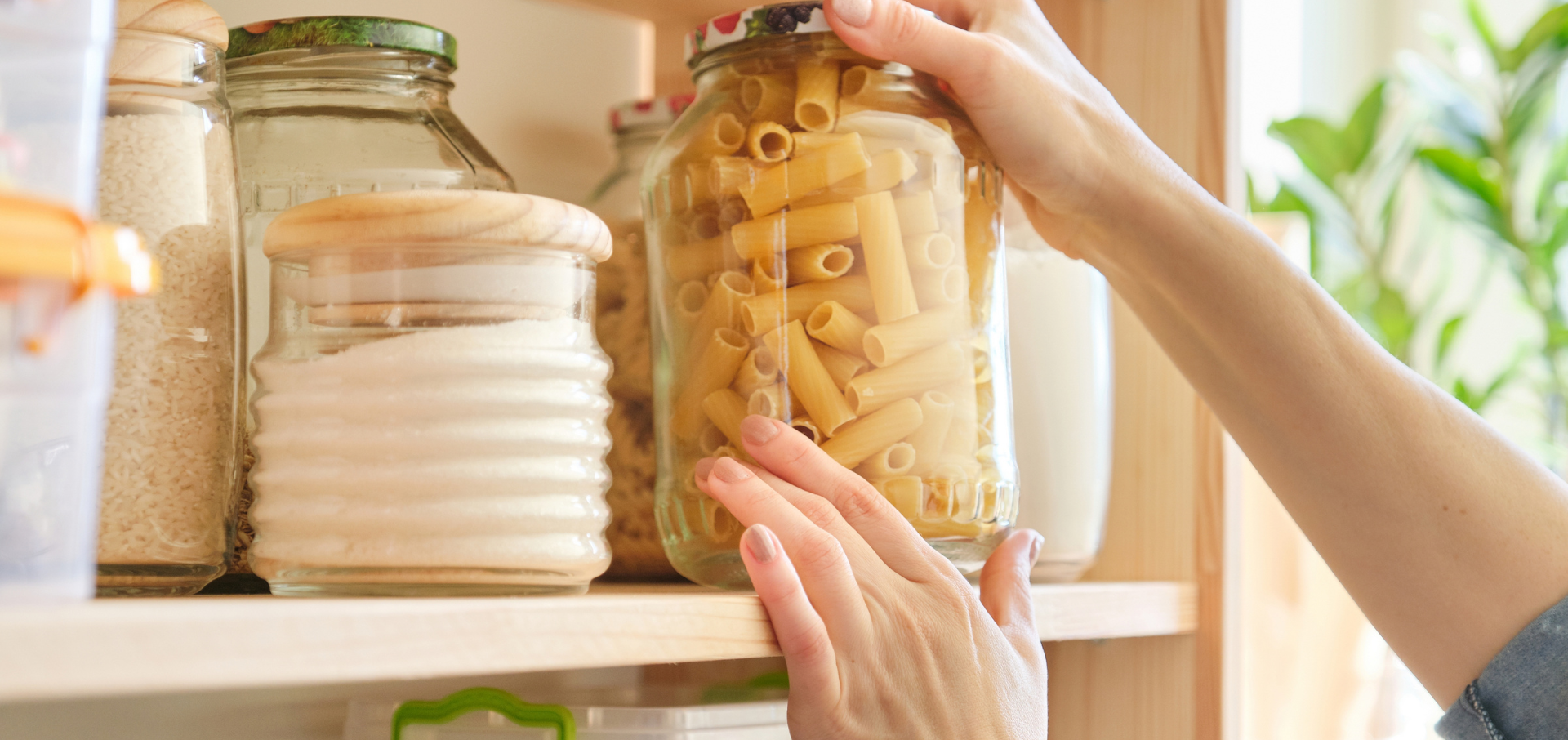Each year, the world produces over 400 million tons of plastic (UNEP), and nearly half of it is used just once before being thrown away. A massive chunk of this comes from the food industry: clamshell containers, plastic films, wrappers, cups, and foam trays.
This waste isn’t just filling up landfills — it’s harming wildlife and polluting oceans. But here’s the good news: sustainable food packaging offers a solution.
By switching to eco-friendly materials, we can reduce waste, conserve resources, and protect the planet.
In this guide, we’ll dive into the best sustainable packaging options, design principles, and how your business can benefit from making the change.
What Is Sustainable Food Packaging?

Sustainable food packaging refers to packaging materials and methods designed to minimize environmental impact. This can mean using renewable resources, reducing waste, or creating packaging that can be reused or recycled.
In many cases, sustainable food packaging also incorporates circular economy principles, which aim to keep products in use for as long as possible.
Key Concepts in Sustainable Packaging:
1. Eco-Friendly Materials: Made from renewable or biodegradable resources.
2. Circular Economy: A model that focuses on reusing and recycling products to reduce waste.
3. Life Cycle Analysis: Assessing environmental impacts from production to disposal.
For example, materials like plant-based plastics, paper, and biodegradable polymers are replacing traditional plastics and Styrofoam, which are non-biodegradable and contribute heavily to waste.
Why Sustainable Food Packaging is Essential in 2025
In recent years, the demand for sustainable food packaging has surged as both consumers and businesses recognize the environmental consequences of traditional packaging materials.
From plastic waste to excessive resource use, the food packaging sector is at a crossroads. This shift to more eco-friendly alternatives is not only a response to environmental concerns but also a key factor in staying competitive in an increasingly eco-conscious market
Sustainable Materials in Food Packaging
Several materials are leading the charge in the transition to sustainable food packaging. Here are a few of the most commonly used sustainable materials in food packaging:
Plant-Based Plastics: Often made from corn, sugarcane, or algae, plant-based plastics are biodegradable and compostable. Brands like Coca-Cola have already begun experimenting with plant-based plastic bottles, showcasing their commitment to reducing environmental harm.
Recycled Paper and Cardboard: Recycled paper and cardboard are some of the easiest and most effective materials for sustainable packaging. With a higher recycling rate than plastics, these materials are essential in reducing food packaging waste.
Edible Packaging: Made from ingredients like seaweed, rice, or potatoes, edible packaging is an innovative solution that completely eliminates waste.
Glass and Metal: While heavier than plastic, glass and metal containers can be reused multiple times and are highly recyclable, making them a sustainable option for many food products.
Supporting Data: According to the EPA's 2020 Report on Packaging (EPA.gov), 30% of the total plastic waste generated in the U.S. is packaging-related, and over 90% of plastics are not recycled.
The Role of Design in Sustainable Packaging: Reduce, Reuse, Recycle

One of the core principles of sustainable food packaging is the "3 Rs": reduce, reuse, and recycle. Here’s how they apply to food packaging design:
Reduce: Minimizing packaging materials to the smallest size and using lightweight alternatives to reduce waste and carbon emissions.
Reuse: Designing packaging that can be used multiple times, like reusable containers or packaging that can be returned to manufacturers for refills.
Recycle: Using materials that are easy to recycle, such as cardboard and aluminum, to help keep packaging in circulation longer.
Example: Companies like Loop have embraced reusable packaging models, where customers return their containers to be refilled, cutting down on single-use packaging waste.
Innovations in Sustainable Food Packaging
The food packaging industry is full of innovation, with new materials and technologies emerging to make packaging more sustainable. Here are some key innovations:
Compostable Packaging: Compostable packaging, often made from plant-based materials, breaks down naturally in composting environments. For example, Ecovative has created sustainable packaging solutions made from mycelium (mushroom roots) that are fully compostable.
Active Packaging: This type of packaging uses additives to extend shelf life and reduce food waste. For example, edible coatings and oxygen-absorbing packaging can help maintain food freshness longer.
Smart Packaging: Packaging embedded with sensors or QR codes that provide consumers with information about the product's environmental impact, sourcing, and recycling instructions.
Supporting Source: Research by Grand View Research predicts the global sustainable packaging market will reach USD 410.5 billion by 2027, growing at a CAGR of 7.7% (source)
Certifications and Standards for Sustainable Food Packaging
Sustainable packaging certifications help businesses and consumers identify trustworthy eco-friendly options. Some key certifications to look for include:
Forest Stewardship Council (FSC): Certifies that packaging materials like paper and cardboard come from responsibly managed forests.
Cradle to Cradle Certified™: Recognizes packaging that is designed with circularity in mind, ensuring that materials can be fully recycled or reused.
Biodegradable Products Institute (BPI): Certifies compostable packaging that meets strict environmental standards.
These certifications provide a clear, trustworthy way to ensure that packaging meets sustainability goals.
Green Packaging Strategies: How to Implement Sustainable Packaging

Adopting green packaging strategies can be a key differentiator for businesses. Here’s how you can implement sustainable packaging practices:
1. Assess Your Packaging Materials: Review your current packaging and identify areas where you can substitute eco-friendly alternatives.
2. Partner with Sustainable Suppliers: Work with suppliers who are committed to sustainability and can provide certified sustainable packaging materials.
3. Educate Your Customers: Use your platform to inform consumers about the environmental benefits of your packaging and encourage recycling.
Business Benefits: Studies show that 66% of consumers are willing to pay more for products packaged sustainably (source). By shifting to sustainable packaging, businesses can tap into a growing market of eco-conscious consumers.
The Future of Food Packaging: What’s Next?
Looking forward, the future of sustainable food packaging is promising. Innovations in biodegradable and edible packaging, the rise of circular economy models, and advances in materials science will continue to shape the industry.
Businesses that stay ahead of these trends will not only help protect the environment but will also gain a competitive advantage in an increasingly eco-conscious marketplace.